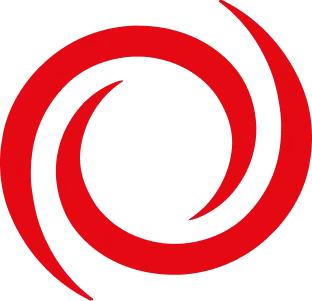Do you play a role in your organization’s cybersecurity? With escalating threats, increasing pressures, and rapid technological changes complicating the landscape, identifying where your cybersecurity vulnerabilities lie can be daunting. If this challenge resonates with you, you’re not alone!
The Root of the Problem
Cybercriminals invariably opt for the easiest route, so constructing a digital stronghold for your business while neglecting a vulnerable entry point is an open invitation for trouble. Take, for instance, Snowflake’s disclosure of their 2024 data breach. Although multi-factor authentication (MFA) was an available feature in Snowflake, it was an optional configuration to utilize at the discretion of each customer. This meant that, in many instances, a legitimate username and password were all that was needed to gain entry to a customer’s Snowflake environment. The reality is, many organizations fail to implement critical security features that could better position them to address ever-evolving threats and reduce the likelihood of breaches like these.
The Why of the Problem
The world moves quickly, and we often don’t have the time or resources to assess and address our current state while we prepare for future business goals. We may be comfortable because our systems and solutions passed a cybersecurity audit a year ago, but audits do not always identify weaknesses in an organization’s security environment. In addition, as business and technology rapidly evolve, an organization’s security posture may not always keep pace, so it’s important to continuously perform security assessments.
Even the best designed solution to modernize, improve controls, or address identified gaps can present various challenges. For example, if an organization wants to implement MFA, they may encounter:
- Technological Limitations: Some legacy systems may not support the integration of MFA due to outdated technology or architecture. They may lack the necessary interfaces or protocols to communicate with modern MFA services.
- Cost Implications: Upgrading legacy systems to support MFA can be costly. It may require significant investment in new hardware, software, or development resources to enable MFA capabilities.
- Operational Disruption: Implementing MFA can disrupt existing workflows, requiring changes to user behavior and potentially impacting productivity. Users and support teams may need to be retrained, and additional resources may need to be put into place to support the transition.
- User Resistance: There may be resistance from users who are accustomed to the current system. Introducing MFA can be seen as an inconvenience, leading to push back from users who do not want to adopt new security practices.
- Complexity of Integration: Integrating MFA into a complex network of legacy systems can be challenging. It requires careful planning to ensure that integrations are comprehensively understood and addressed appropriately.
- Compliance and Regulatory Challenges: Some industries or jurisdictions may have laws or regulations that complicate the implementation of MFA. Ensuring that MFA solutions comply with these laws and regulations can add another layer of complexity.
- Vendor Support: Legacy systems may rely on vendor support that is no longer available, making it difficult to implement new features like MFA.
- Prioritization: Organizations may prioritize other initiatives over the implementation of MFA, especially if they have not experienced significant security incidents that would justify the investment
The Importance of Change Management
Implementing MFA and other security measures involves not only technological changes but also organizational shifts. Effective change management is crucial for addressing both the technical and cultural aspects of these transitions. This includes communicating the benefits of new security measures, providing training and support, and fostering a culture of security awareness to facilitate smooth transitions and maintain robust defenses. By integrating these strategies, you can ensure a smoother adaptation to new security practices and enhance long-term resilience.
How to Tackle the Challenge
Addressing any challenge requires a strategic approach that considers the organization’s specific context, the criticality of the systems, and the associated risks. It may involve phased upgrades, seeking alternative security measures, or accepting certain risks while planning for future improvements.
Successful cybersecurity is a 24x7x365 job that requires not only looking and planning ahead, but also assessing where you are today by retesting and revalidating the defenses you have established over time. A good business can withstand a shock. A great one comes out stronger on the other side. The best take proactive steps to anticipate and mitigate them. At SEI, we help forward-thinking businesses secure their advantages, build resiliency, and capitalize on change.
Partnering with a Team You Can Trust
SEI supports organizations by taking the time to truly understand each client’s unique challenges. We help organizations adopt a security posture designed to combat threats and evolve to counter new challenges. Whether helping you to understand your current state, your readiness for upcoming changes, or helping to deliver against your most important priorities, we deliver results without the overhead and flash that costs clients time and money. Instead, our national team creates no-nonsense solutions grounded in real-world perspectives and expertise.



